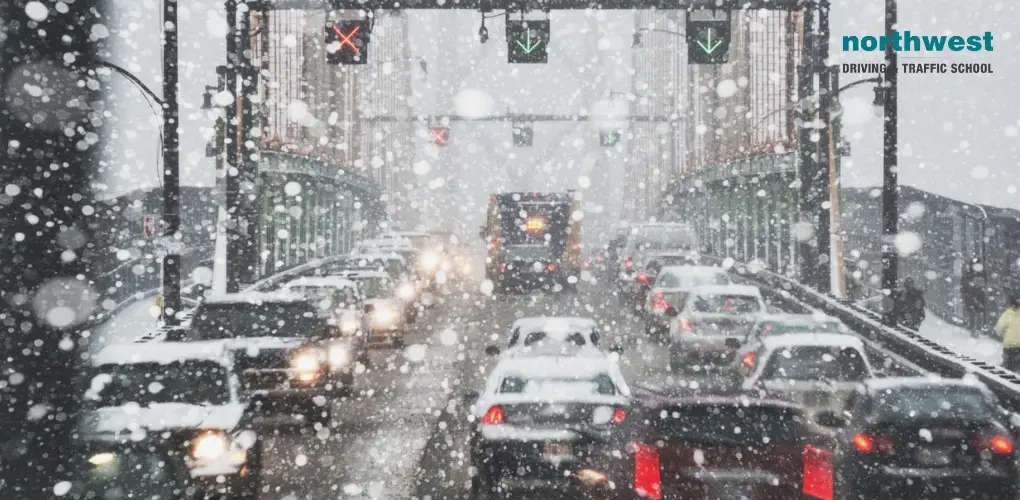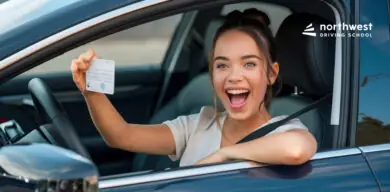- Driving School
Drive Safe During The Winter: Tips For Drivers

It’s that time of year again. The leaves are falling from the trees, and snow is on the ground. This means it’s time to prepare your car for winter driving conditions! In this article, we’re going to discuss some safety tips for drivers during the winter season.
Table of Contents
Keep Your Speed Low
The best way to stay out of a ditch this winter is to keep your speed low. This means reducing your speed by as much as 20 mph during winter conditions.
Keep Extra Distance Behind Other Cars
Keeping a good amount of space between you and the car in front of you is always important, but this becomes even more crucial during snowfall or ice accumulation on roads. If another driver loses control ahead of you, it’s much easier to stop quickly if there isn’t already a car right next to yours!
Also, be mindful that stopping distances are doubled when driving during icy conditions – so keep some extra room between yourself and the vehicle in front of you just for safety!
Use Caution When Passing Plows/Salt Trucks
Salt spreaders/plows often travel slower than regular vehicles due to their size – which can cause problems if you’re trying to pass them.
If the road ahead is clear, it’s generally safe to go around the salt spreader/plow by using another lane or finding an opening in traffic so that there isn’t oncoming traffic approaching quickly behind you.
But if the road is snowy and slippery- this can become a dangerous move!
Keep your distance from these types of vehicles while they are spreading out salt, gravel, or sand – just until they have moved past you completely. You’ll thank yourself later for being patient instead of impatient!
Beware Of Black Ice
Black ice occurs when water freezes on top of snow-covered roads without any warning whatsoever. On particularly cold days (below -20 degrees Celsius), drivers should be extra vigilant because this ice can be nearly invisible and extremely dangerous.
Make sure you slow down in these conditions to avoid skidding or sliding into the car in front of you, which could cause a cascading effect with vehicles behind it!
Never Tailgate A Vehicle
Especially during winter driving when visibility is bad and roads are slippery. It’s tempting to follow close behind another driver because they may know where they’re going (or how fast they should go), but this isn’t safe for either party involved.
Don’t hesitate to tell someone else that their headlights/sideways lights aren’t on if necessary, too – we’ve all done it before and realized our mistake after passing them safely.
If there is fresh snowfall ahead of you while driving at night, do not turn on your high beams. It will reflect back and cause reduced visibility, which could lead to a crash.
Seatbelts: Everyone In The Car Should Be Wearing One!
It’s important that every person (including the driver) is buckled up before you drive off – it can make all of the difference if there ends up being an accident or collision along the way due to icy roads, etc.
If anyone has children with them who are too young for seat belts or booster seats, they should instead use something like a properly installed child safety seat/booster cushion so no one gets hurt when traveling around town during winter conditions.
Don’t forget about pets either; keep any furry safe by putting their pet carriers in the back seat if need be.




